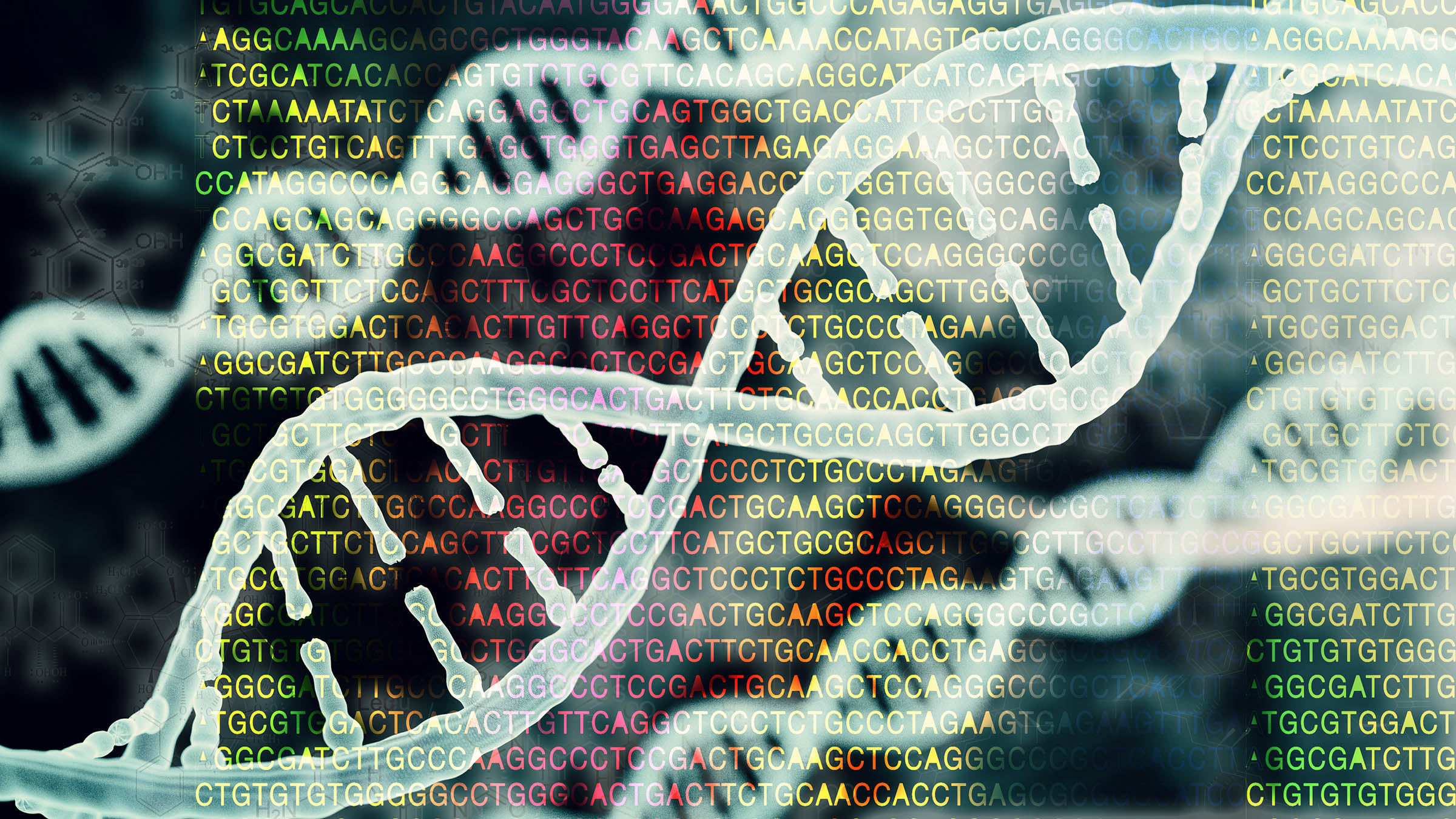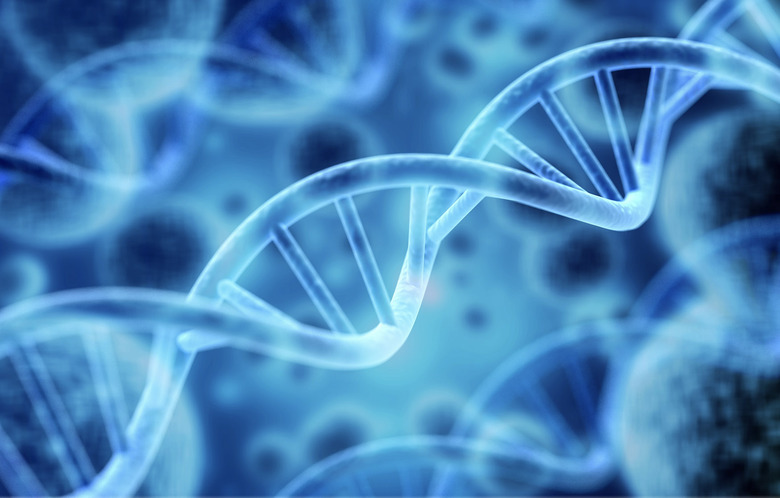An AI Model Just Simulated 500 Million Years Of Evolution
Well, scientists are playing god again, at least in the world of computer simulations. This time around, instead of recreating dinosaurs like John Hammond and his scientists in Jurassic Park, scientists have taught an AI model how to create entirely new proteins by simulating 500 million years of evolution.
The researchers, biologists, and evolutionary specialists behind the project work at EvolutionaryScale and Arc Institute. They've now developed an AI model capable of generating code that can completely synthesize novel proteins, which they outline in a new paper published in the journal Science.
According to their findings, the group says that its model, called ESM3, can simulate evolution to the point of synthesizing an entirely new and unknown bright, fluorescent protein. Being able to generate artificial proteins like this opens the door for new opportunities in research.

Not only can it help us better understand the nature of proteins and their uses, but it can also help us develop new applications for those proteins. To help generate the new protein, the researchers relied on data gathered from existing proteins.
Like other generative language models—including chatbots like ChatGPT—ESM3 relies on being fed massive amounts of data to learn how to do things. They trained the model on 771 billion tokens generated from 3.15 billion protein sequences, 236 million protein structures, and 539 million protein annotations to teach it to simulate evolution effectively.
The researchers say this was essentially like feeding the AI model over 500 million years worth of evolutionary data and knowledge, which allowed it to start with a basic code that evolved over time. The virtual protein that it created was made using a standard protein synthesis technique, but ultimately had a previously unseen genetic sequence.
The protein the researchers created has been named esmGFP. The success of this model suggests that it and other models like it could be used to simulate evolution in other ways, too, like digging deeper into human evolution. Additionally, scientists hope to use these models to push environmental research forward.
